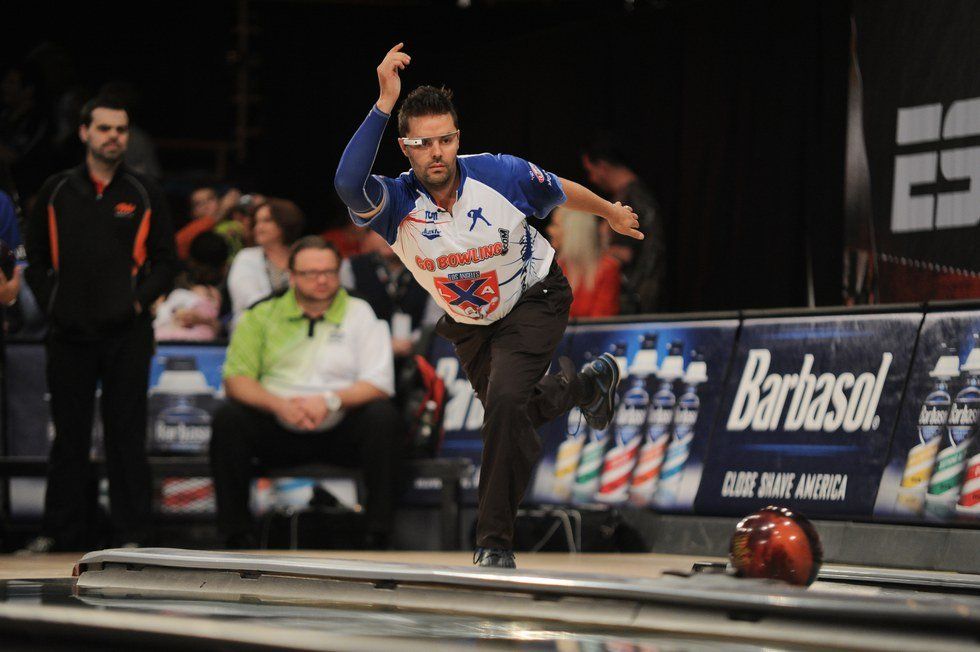“Bowling is just a hobby, so why should it even be considered for the Olympics?”
“Even if bowling is a sport, it is not serious enough to be considered on that kind of level.”
Believe it or not, I have heard these types of statements countless times from others when talking about Olympic sports. As a member of the competitive bowling community since the age of six, it appears that the widespread participation of serious bowlers tends to be overlooked and underestimated. There are many efforts being made by bowling professionals and competitive participants alike to include bowling in the Olympics for Tokyo 2020.
The first step in giving bowling the Olympic recognition it deserves is realizing that it is in fact a sport, not just a hobby. It is understandable for those who go bowling once every six months for a night out with friends to not see the competitiveness behind it. How can an activity that can be done while eating lunch be taken so seriously? One may bowl just occasionally with beer in hand, and there is absolutely nothing wrong with that. However, bowling is actually a listed professional sport with many lasting names in the game, from Earl Anthony to Dick Weber to Norm Duke. Professional Bowling Association (PBA for short) matches, both team and individual, male and female, take place on ESPN and CBS Sports. Outside of the professional level, it is also a high school and collegiate-level team sport at certain schools.
But you may ask, what if the sport of bowling is becoming outdated? What use would it be to add it to the Olympics for a little while if it is a dying sport? Never fear, because there are a variety of both adult and youth programs out there provided by the United States Bowling Congress (USBC). These programs keep the sport alive, and college scholarships are even offered for youth bowlers through USBC. Moreover, the amount of young bowlers who are pursuing the sport seriously is highly evident. Over 3,000 bowlers in 2016, both children and teenagers, earned a spot and competed in the “Junior Gold Championships” in Indianapolis. This large annual event takes place in a different part of the country each year and consists of serious youth bowlers from many different areas. Therefore, the competition remains alive and fierce for kids, teens, and adults.
Five new sports are being added to the Tokyo 2020 Olympics, including skateboarding and surfing. According to Tokyo 2020 President Yoshiro Mori, these additions “will afford young athletes the chance of a lifetime to realise their dreams of competing in the Olympic Games.” If it is the youth that he wants to inspire and focus on, there is no doubt that bowling should be included. There are clearly more than enough serious youth participants that deserve to have these same dreams. Having bowling as an Olympic sport will likely give young bowlers a newfound motivation to improve their game, just like in other sports.
To conclude my rant, bowling extends outside of the United States. In fact, a wide variety of professional bowlers come from different countries. For instance, bowling professionals Stuart Williams and Martin Larsen come from England and Sweden, respectively. Jason Belmonte, a very successful player in the PBA today, is from Australia. Therefore, bowling is not limited to just the United States or one certain age group.
The purpose of this article is not to de-merit any sport that already earned its spot in the Olympics, it is simply to help recognize a sport that deserves the same chance. There are several social media efforts for bowling’s place in the Olympics, such as pages to “like” in its support, petitions and hashtags such as #stormtheolympics (“Storm” is one of many bowling ball brands).
Maybe in the future, Jason Belmonte, Kelly Kulick, and other serious bowlers can #stormtheolympics and earn the opportunity to participate, just like how Michael Phelps and Kevin Durant had the honor to do for their sports.




















